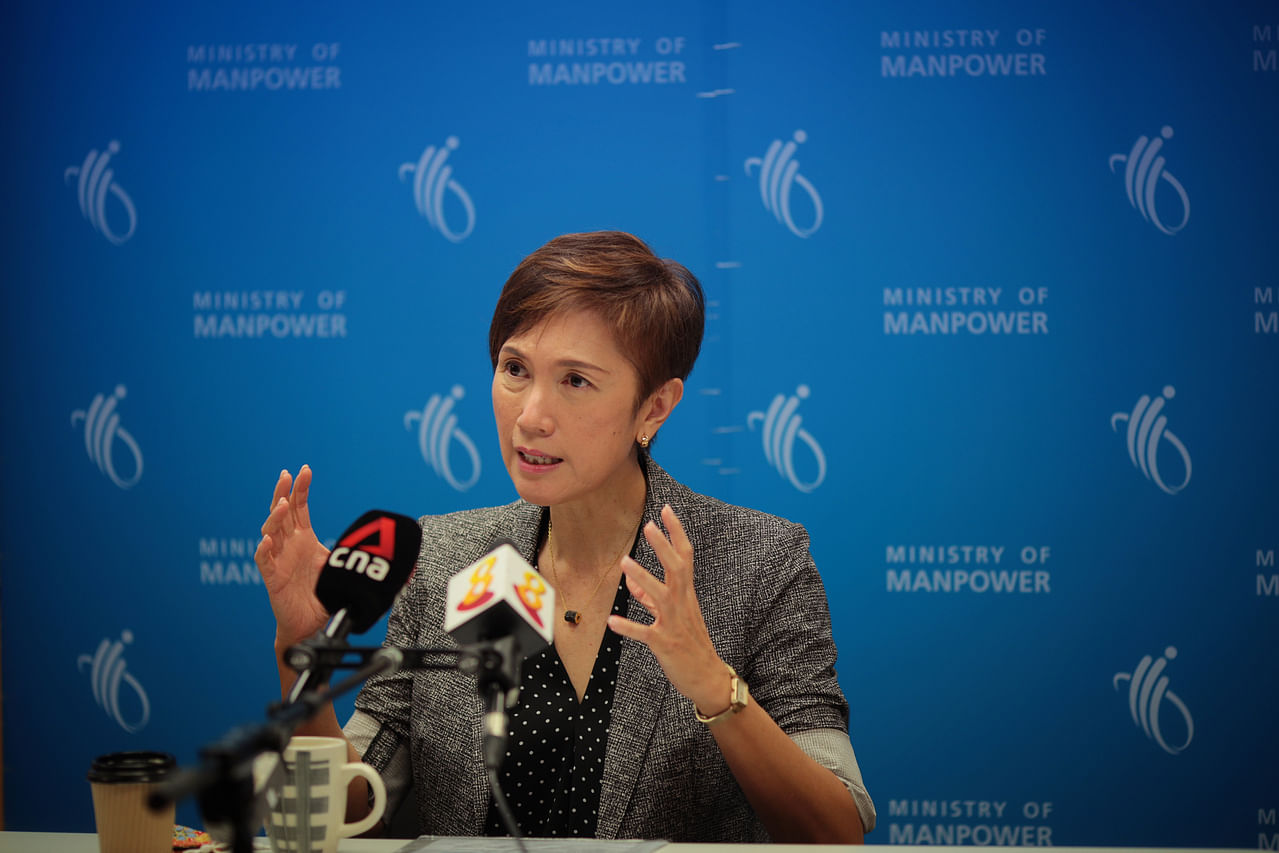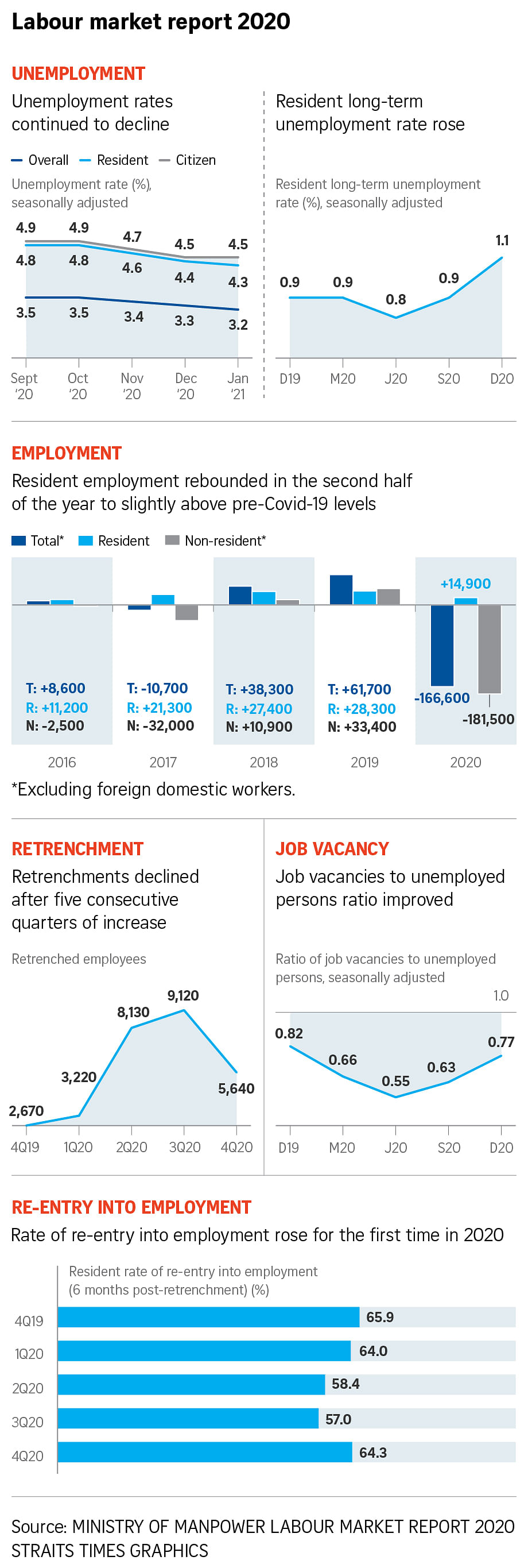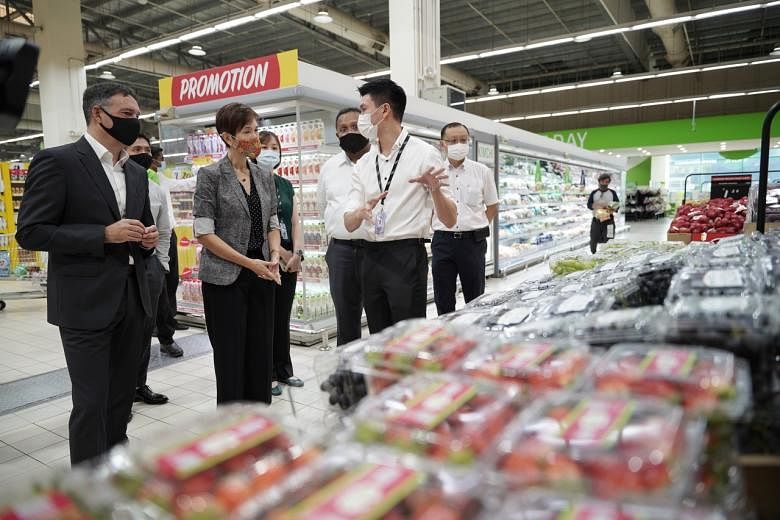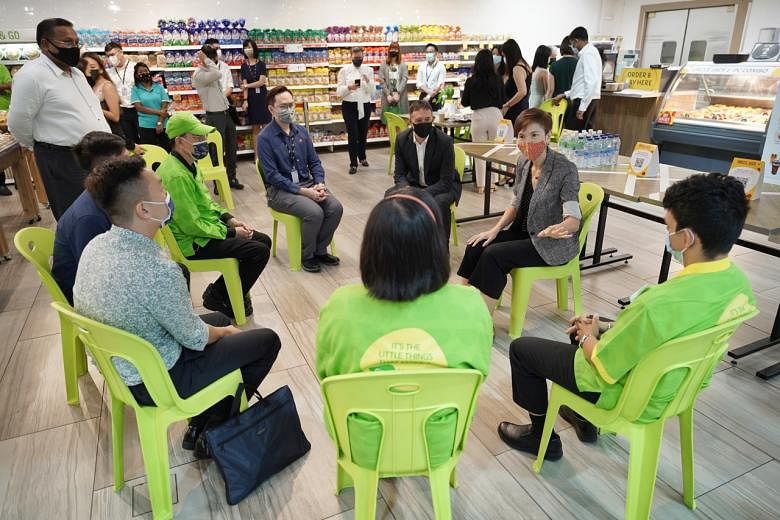SINGAPORE - The number of workers employed fell last year in the sharpest decline seen in Singapore in more than two decades, with foreigners bearing the brunt of the contraction, but the labour market is turning the corner.
The latest labour market data from the Ministry of Manpower (MOM) on Tuesday (March 16) showed that non-residents accounted for all of the employment decline in 2020.
Meanwhile, resident employment, which includes Singaporeans and permanent residents, rebounded to slightly above pre-Covid-19 levels by the end of the year.
Unemployment rates also began to fall after hitting a high of 3.5 per cent for the year in September for the overall workforce, 4.9 per cent for citizens and 4.8 per cent for residents. By December, the unemployment rates fell to 3.3 per cent overall, 4.5 per cent for citizens and 4.4 per cent for residents.
These latest figures show that the economy and the labour market have been on the mend since the fourth quarter of last year, said Manpower Minister Josephine Teo after a visit to Giant Hypermarket in Tampines.
"But I think it is wise for us to keep in mind that the risk factors do remain," she added.
These risk factors include international borders remaining largely closed, which will weigh on Singapore's trade-dependent economy, and wage subsidy schemes such as the Jobs Support Scheme coming to an end.
She noted that the Jobs Support Scheme will be replaced by the Jobs Growth Incentive, but added: "Nonetheless, we have to watch what happens to the job market as these schemes transit from one to the other".
The third risk factor is that as the labour market and the economy improves, job seekers may "ironically" become more selective about accepting employment offers, said Mrs Teo.
Unemployment rates rose
Last year, resident employment trends were mixed across different sectors, said MOM.
Resident employment grew in the sectors of public administration and education, health and social services, information and communications, financial and insurance services, and professional services.
But it declined most steeply in tourism and aviation-related sectors, which were severely affected by travel restrictions.
Meanwhile, non-resident employment declined in all sectors, with the bulk in construction and manufacturing.
The decline was mainly due to a fall in work permit and other work pass holders (minus 138,800), followed by decreases in S Pass holders (minus 26,000) and Employment Pass holders (minus 16,700).
On the unemployment front, the overall rate rose from 2.3 per cent in 2019 to 3 per cent in 2020, but did not exceed that of past recessionary levels in 2003 during the Sars (severe acute respiratory syndrome) outbreak or the global financial crisis in 2009.
Among residents, the unemployment rate rose from 3.1 per cent in 2019 to 4.1 per cent in 2020.
Among citizens, it increased from 3.3 per cent in 2019 to 4.2 per cent in 2020.
Retrenchments last year also more than doubled, from 10,690 in 2019 to 26,110 in 2020.
Workers were less likely to be retrenched, however, with a lower incidence of retrenchment last year compared with past recessionary years.
Non-residents were more likely to lose their jobs than residents, said MOM.
In terms of occupation, clerical, sales and service workers were most prone to retrenchment, as these jobs were commonly found in industries that were hit harder by the Covid-19 pandemic, such as retail and food services.
Older residents in their 50s were also more likely to be retrenched compared to other age groups.
Women were also more likely to be retrenched last year, compared with men.
MOM said this was due to a higher proportion of women in the arts, entertainment and recreation sectors, as well as retail trade - industries hit harder by Covid-19 measures.

Longer time to find work
Retrenched resident workers took a longer time to find jobs last year, with 62 per cent becoming employed within six months of their retrenchment compared with 64 per cent in 2019.
During the global financial crisis in 2009, the re-entry rate was 65 per cent.
The decline in re-entry rate was seen across all occupational and educational groups, as well as most age groups, said MOM.
Only residents in their 50s saw a slightly higher re-entry rate from a year ago.
The majority of residents, or 67 per cent, who managed to re-enter employment were able to switch industries, with a higher proportion taking up jobs in administrative and support services.
This suggests that many took up temporary roles, said MOM.
When retrenched, those who previously worked in professional services, construction and real estate services were most likely to switch industries.
In the fourth quarter of 2020, job vacancies rose for the second consecutive quarter to reach 56,500 openings in December.
Sectors with more vacancies included professional, managerial, executive and technician (PMET) roles in public administration and education, information and communications, and health and social services, as well as non-PMET roles in manufacturing and construction.




